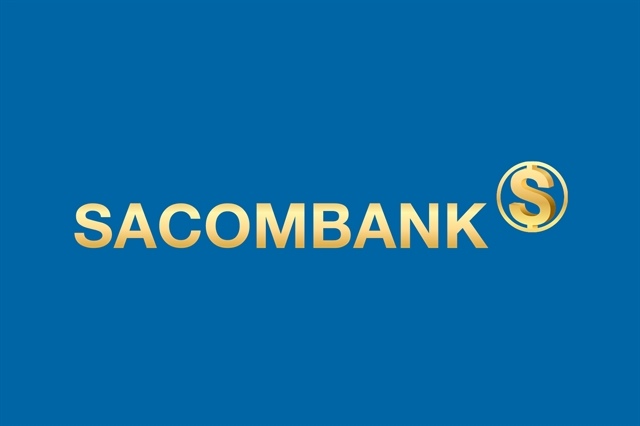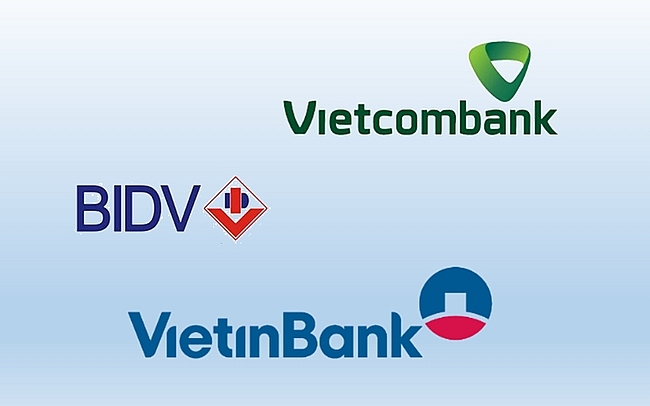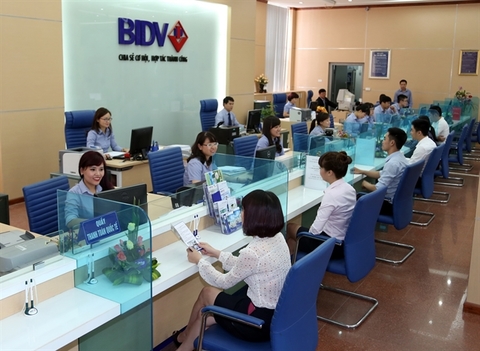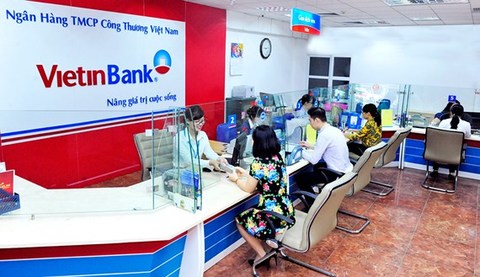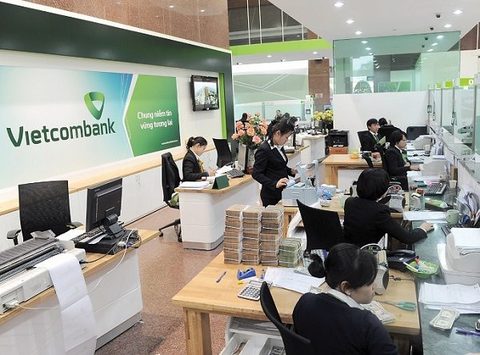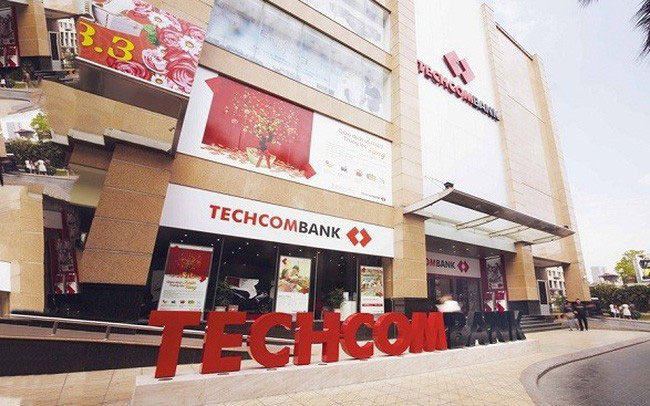Bad debts on the rise in H1 2019
Bad debts on the rise in H1 2019
Though many banks have posted positive profits in the first half of 2019, their bad debts have continually increased in the wake of high credit growth in risky business segments.
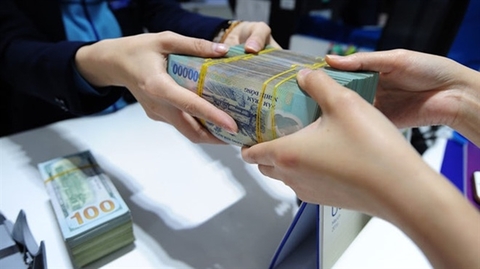
Latest financial statements of 21 banks showed their total non-performing loans (NPLs) rose by nearly VND7 trillion (US$300.4 million) against the beginning of this year to nearly VND85.75 trillion by the end of June.
Of the total NPLs, subprime debts had the highest growth of 22 per cent while potentially irrecoverable debts increased by 5.2 per cent.
In Viet Nam, debts are classified into five groups based on their risk status: Standard Debt, Debt Needing Special Attention, Subprime Debt, Doubtful Debt, and Potentially Irrecoverable Debt.
Regarding the bad debt value, the Bank for Investment and Development of Vietnam (BIDV) had the highest rise in the period with a more than VND2.3 trillion increase against the beginning of last year.
However, regarding the ratio of NPLs of total outstanding loans, the National Citizen Bank (NCB) topped the list with the ratio up from 1.67 at the beginning of the year to 2.75 per cent by the end of June, of which the rise was mainly seen in doubtful debt from VND168 billion to VND443 billion.
Experts attributed the rise of bad debts to the high credit growth of the banks in the first half of the year, especially to retail segments such as consumer and home loans that have high net interest margin (NIM) but also high risks.
It was reported that many banks have used up or almost used up their assigned credit growth limit set by the central bank for the whole year. According to banks’ financial statements, nine banks posted a credit growth of more than 10 per cent in the period though the central bank set a 14 per cent credit growth target for the entire banking system in 2019.
Banking and finance expert Nguyen Tri Hieu said that the main reason for banks’ bad debt increase is that banks’ recovery of bad debts accumulated in the previous years has remained limited while in H1 they continually boosted lending.
According to Hieu, the profit increase of Vietnamese banks heavily depends on credit growth. The risks will be greater for loans with higher profits. These two factors always go hand in hand.
Sharing the same view, Tran Hai Yen from the Bao Viet Securities Company’s Macroeconomic Research Division said that banks now tend to focus on retail activities through the acceleration of consumer loans. This is a potential field that brings high profits because consumer loans are often unsecured with high interest rates, but the possibility to become irrecoverable debts is also high.
Industry insiders said the rise of NPLs in H1 was also partly due to a return of NPLS to banks after five years kept at the Viet Nam Asset Management Company (VAMC) but haven’t yet been settled.
According to the central bank’s policy on purchasing bad debts of banks, the VAMC has issued special bonds to debt-selling banks with a term of five years since 2015. If the bond matures but bad debt is not dealt with, it returns to the banks in 2019.
By the end of 2018, an estimated VND340 trillion of NPLs was bought back by the VAMC with special bonds. However, by the beginning of April 2019, the VAMC only handled VND190 trillion, accounting for more than 56 per cent of the total bad debts bought by this organisation.





